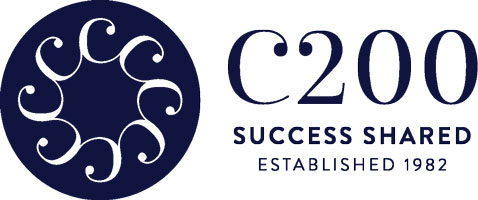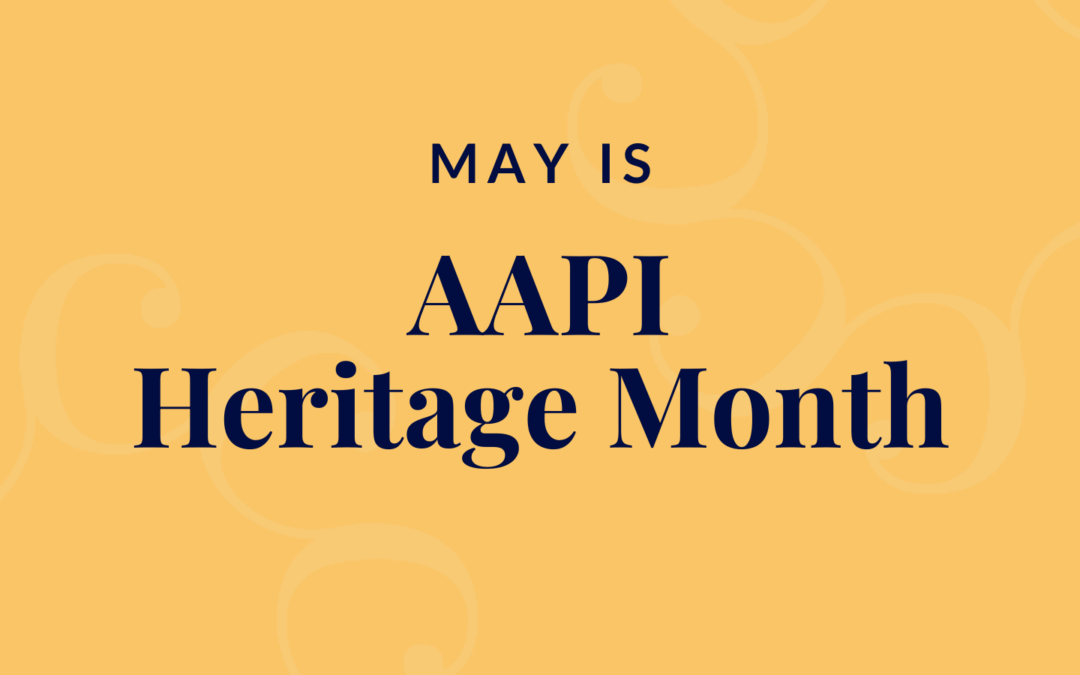To advance all women in their careers, we must bring awareness to the unique obstacles Asian American and Pacific Islander (AAPI) women in the workforce experience.
The unique career advancement obstacles AAPI women experience in the workplace are often minimized or overlooked.
This is due to a variety of factors, such as the monolith myth, which obscures the diversity of the AAPI population in the United States. In addition to representing East Asian countries like China, Japan, and Korea, AAPI individuals also come from Southeast and South Asian countries such as Thailand, the Philippines, Vietnam, India, and Pakistan.
Another factor is the model minority phenomenon, a myth that assumes AAPI men and women don’t need help or support because they are stereotyped as hardworking, overachieving, and therefore “successful.” Several studies have illuminated this myth to be especially evident at the leadership level. According to a 2020 report from Ascend, AAPIs make up 13% of the U.S. professional workforce but only 6% of executive leadership. A 2022 report from McKinsey finds that AAPIs make up 9% of SVPs and only 5% of promotions to the C-Suite. Of those C-Suite promotions, AAPI women make up less than 1%.
Too many AAPI women in the workplace experience their ambition going ignored, unsupported, and unfulfilled, something all women in business can relate to. That’s why it’s important to support and shine a light on the unique ways these struggles present for our AAPI sisters, who deserve a fair shot at building wealth and happiness through professional success and career fulfillment.
It has never been more important to support AAPI women in business and understand how their experiences connect to our collective effort to advance women in their careers.
Below is a non-exhaustive list of articles, reports, and more resources about the realities for AAPI women business owners and corporate leaders (last updated May 2025):
- Asian Americans in the workplace | McKinsey
- The 2024 Impact of Women-Owned Businesses – A focus on Asian American Women | Wells Fargo
- How the model minority myth holds Asian Americans back at work | CNBC
- Elevating Asian-Black Allyship in Corporate America | Ascend
- The Impact of Organizational Performance on the Emergence of Asian American Leaders | Journal of Applied Psychology
- Women in the Workplace 2024 | McKinsey
- Race, Gender, & the Double Glass Ceiling: An Analysis of EEOC National Workforce Data | Ascend
- How diversity, equity, and inclusion (DE&I) matter | McKinsey


